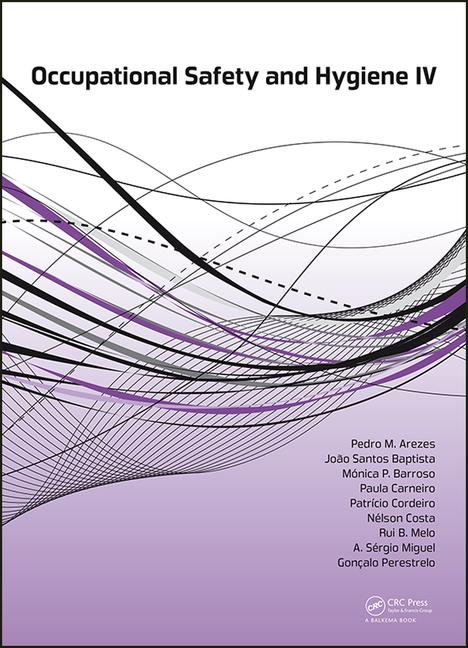Because of that risk, gas detection safety is of increasing importance to safety officials. A gas safety program requires more than just a fleet of gas detectors. Though portable gas instruments can play a crucial role in protecting a company’s assets and people, it is the information gained from the gas detection device and the ability to share that information with key people that is most valuable. It is the datalogging, the incident reporting, the gas tracking and trends which turn gas monitors into smart safety devices impacting a broader safety program. It is being able to obtain and share the correct information which allows safety officials to evaluate what is working and what isn’t and use the trends to improve upon their existing program.
Historically, report generation and analysis is a manual process. It is very time consuming and difficult to analyze trends. Imagine having a fleet of 500 gas monitors and having to manually collect data from each one. It drives up a company’s costs because it is so time consuming and hinders productivity. Bump testing and calibration pose the same problem; not only do they drive up labor costs because they are time consuming, but there is also the cost of the calibration gas and lost productivity to consider.
Because of the manual and costly process, staying safe and compliant can be very complex in terms of auditing, data management, reporting, bump testing and calibration. However, the need for smart information sharing is an important one when it comes to a gas safety program. This is why many companies are looking for ways to automate the process and reduce the time and necessary costs associated with improving safety in order to meet compliance standards.
Automate safety
Data management software helps automate reporting, trending, calibration and more when it comes to a gas safety program, making it easier to share information. Some automated systems run via Internet on websites offered by third-party vendors, while others are hosted from the user’s own database. Gas safety data management systems use gas detectors and their corresponding docking stations to output information which used to be collected manually. The automation of the data collection and analysis process simplifies reporting, helping companies stay compliant while saving money.
The automated features of various data management systems make information sharing much easier. Different systems offer different features, including automatic update of a system’s docking stations with new software versions, and ‘contractor lockout’ mode, which helps protect the users’ equipment. Additionally, automated email alerts can be set up, displaying configured alarm levels, and automated alarm configurations for new instruments help save companies time and increase productivity. Automatic calibration in the event of a failed bump test is another feature that enhances a total safety program and helps save time and money without compromising safety.
Finding the right data management system for a company’s gas safety program can let the user choose the data they want and can use, rather than slowing down the process by providing excess information that isn’t needed. Some systems allow the user to configure and customize reports and analyses rather than conform to a “one size fits all” model.
The ability to customize data management and output adds a new element to information sharing — it makes it smart. By customizing the software to the user’s exact needs, they aren’t wasting time weeding through obsolete information. The “one size fits all” system could be sending users more than 100 email notifications a day — often alarm alerts — that the customer isn’t interested in using. This over-communication can be a drawback to the user who isn’t interested in this kind of information, yet ends up wasting time reviewing and filtering the messages. Data management systems that enable smart information sharing help users avoid information overload because the user controls the information that they use and analyze. Users can reduce time and money spent gathering information for reports with the standard reporting capability built right into the software. Its custom capabilities go beyond compliance, allowing users to create custom reports to track trends, analyze history and stay in total control.
Improve performance
Not only can an intelligent data management system configure to the users’ needs, but it helps improve the performance of gas detectors. It extends beyond compliance reporting into more advanced safety planning. Custom-templates allow users to create exactly the type of report needed for control of operations associated with specific instruments as well as the group as a whole.
In the event of a gas exposure, the gas detector and docking station work together to share critical information. The danger alarm on the gas detector can be set to ‘latch’ and the docking station will send an automatic email notification to a designated person of choice. The alarm continues to sound until the cause can be investigated and the alarm is unlatched at the docking station.
Take control
Smart information plays a critical role in any gas safety program. The ability to obtain, share and use data in a smart way is invaluable. With data management software, users are able to keep track of the health of their gas detection instruments in order to comply with regulations. And with smart information sharing gas safety data management systems, they are able to extend beyond mere compliance into the realm of total safety management by taking control of the program.






